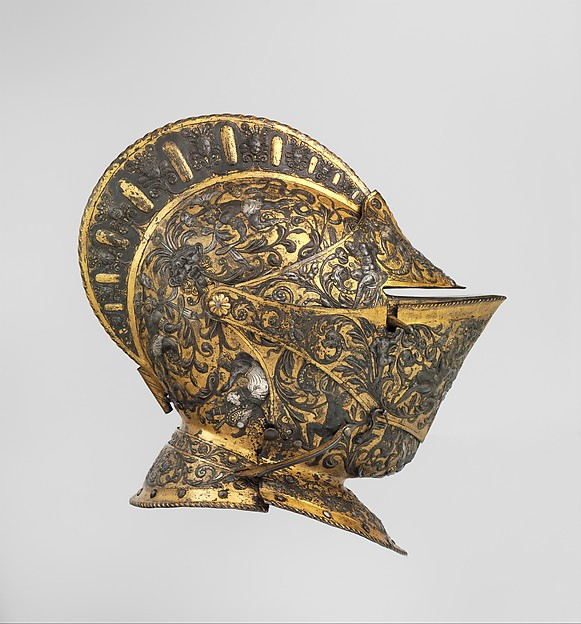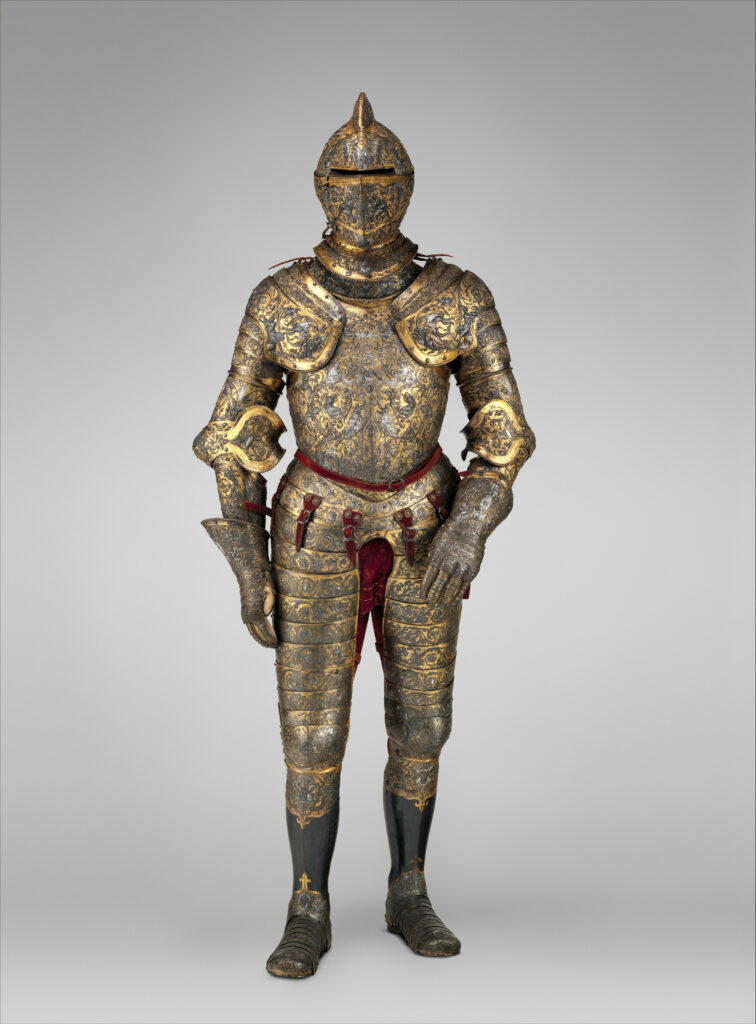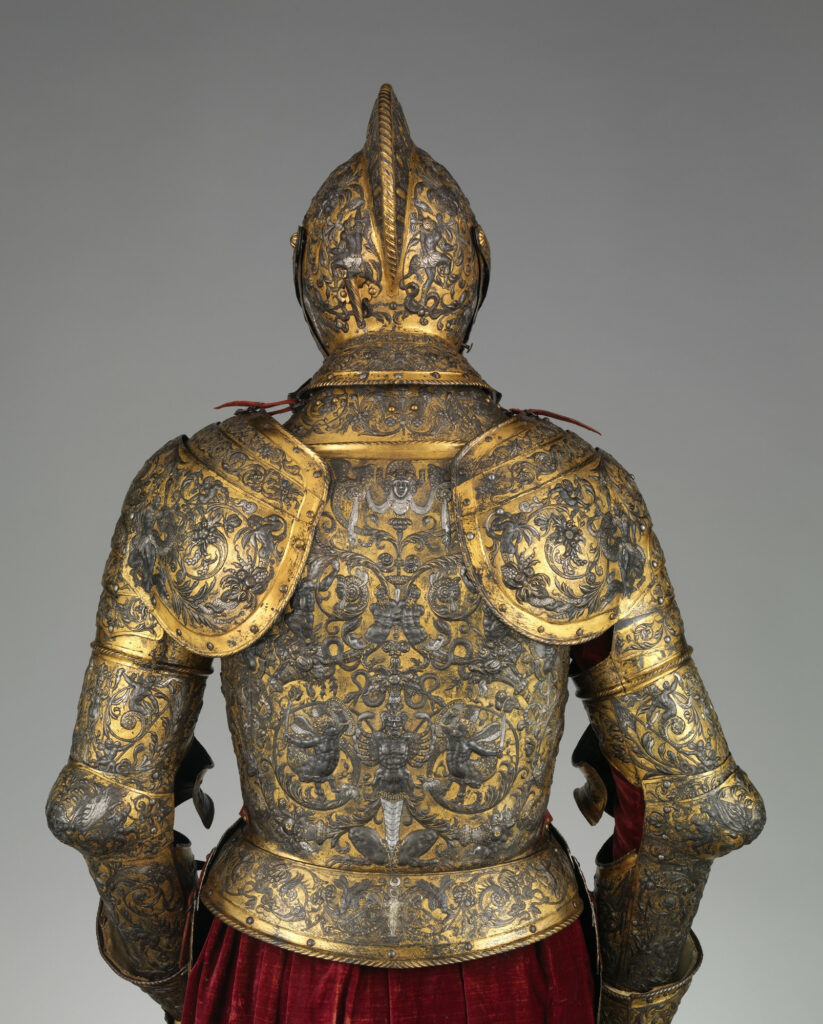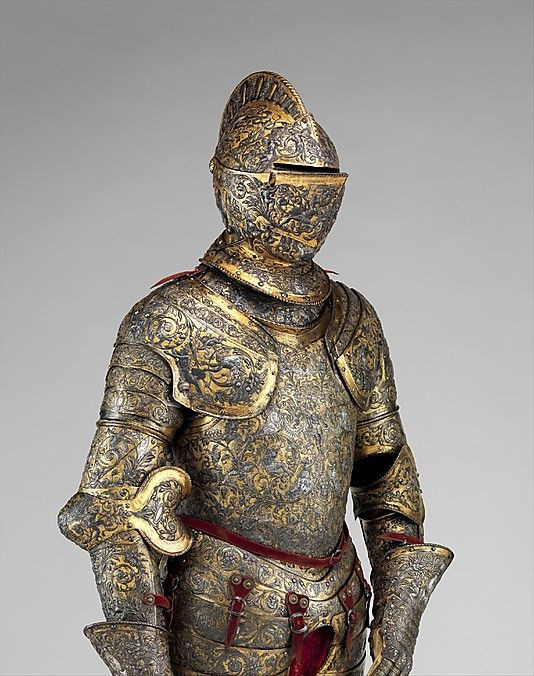The Reign of a Renaissance Monarch
Henry II, originally Duke d’Orleans, ascended to the French throne in 1547, ruling until his untimely death in 1559. A member of the illustrious House of Valois, Henry was known for his administrative prowess and staunch opposition to Protestantism. Like his father Francis I, he was a devoted patron of the arts and Renaissance culture.

A King of Many Passions
Henry II’s reign was marked by grand architectural projects, including the continuation of the Louvre’s reconstruction and the development of the Chateau d’Anet. A lover of literature and poetry, the king was renowned for his impeccable sense of fashion. Despite his marriage to Catherine de’ Medici, with whom he had ten children including three future kings, Henry’s heart belonged to Diane de Poitiers, a beautiful aristocrat 20 years his senior.
The Parade Armor: A Testament to Royal Splendor
Craftsmanship Fit for a King

Among Henry II’s most prized possessions was his Parade Armor, now on display at the Metropolitan Museum of Art in New York. Created between 1553 and 1555, this masterpiece was intricately decorated by Etienne Delaune, a skilled French goldsmith and engraver inspired by the Little Masters of Germany.
Symbolism and Artistry

The armor served as a ceremonial costume, its breastplate and back embellished with scenes celebrating the king’s military triumphs. Adorned with both human and mythical figures, the armor showcases exquisite craftsmanship:
- The breastplate features a Roman warrior receiving tribute from kneeling ladies
- Apollo chasing Daphne is depicted on the shoulders
- The back portrays Apollo slaying the monster Python
- Henry’s crescent moon badge appears throughout the design
A Historical Treasure

Considered one of France’s most elaborate armors, this piece is accompanied by approximately 20 sketches believed to be Delaune’s original designs. Its intricate details and historical significance make it a true Renaissance masterpiece.
A Tragic End

Ironically, Henry II’s life was cut short by a jousting accident in 1559. A splinter from a broken lance penetrated his eye, leading to a fatal case of septicemia. The armor he wore during this fateful event remains unknown, leaving his magnificent Parade Armor as a lasting testament to his reign and the artistic heights of 16th-century France.
Conclusion
The life and legacy of King Henry II encapsulate the grandeur and cultural richness of the French Renaissance. From his passion for the arts and literature to his lavish architectural projects and iconic parade armor, Henry II left an indelible mark on French history. Though his reign was tragically cut short, the enduring beauty and symbolism of his Parade Armor ensure that his memory and the splendor of his court will continue to captivate and inspire generations to come.

